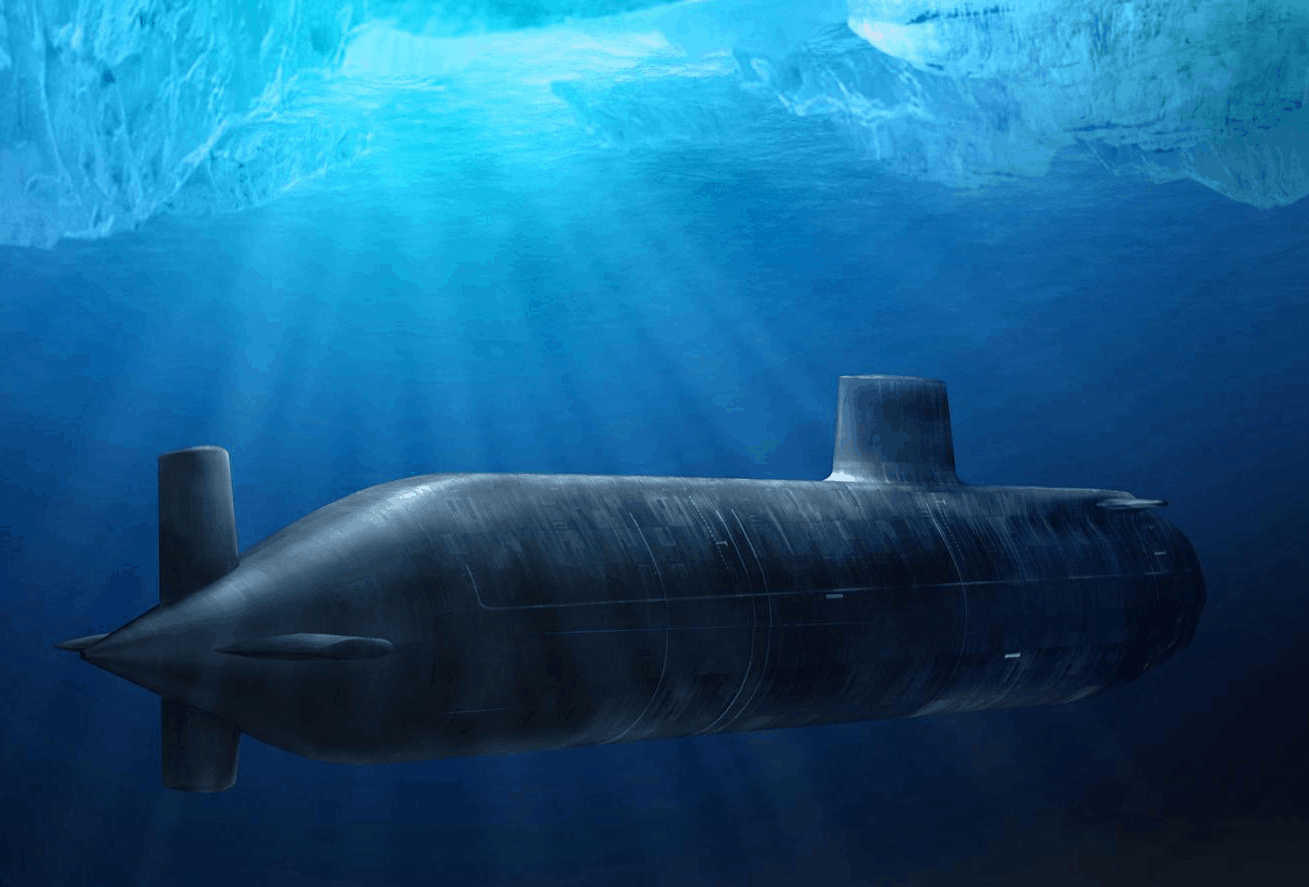Environmental Point of View From the Baltimore Chronicle – Pulling Back the Curtain on Wind Power
Ajax Eastman has just published a piece on the Baltimore Chronicle, non-profit, internet only news site. Ajax’s article, titled Pulling Back the Curtain on Wind Power is one of the clearest, most concise explanations for why building massive turbines is a dumb idea that is only being done because there are large, misdirected expenditures of taxpayer dollars available for continuous support of the industry.
Ajax uses some comparisons that should resonate with an audience based out of Baltimore, Maryland and its surrounding environs because that area contains one of the world’s highest concentrations of people who sail on boats for enjoyment. Few people better understand how wind behaves than those who regularly try to use it for motive power. People who do not have personal experience in trying to capture the wind for power tend to remember windy days far better than they do the days of peaceful calm when the flags will not even fly. Here is how Ajax starts her article for an audience with a high concentration of people who live and work near the Chesapeake Bay.
Ever wonder why sailing ships no longer ply the oceans with goods and passengers? It’s a question wind energy advocates might ask themselves. They ignore the fact that the wind doesn’t blow consistently, even though its intermittent nature makes wind an undependable source of power and restricts wind generators from consistently reaching their potential.
She then makes some excellent comparisons between offshore wind turbines – the kind advocated by folks like Paul Gunter of Beyond Nuclear – and onshore nuclear energy plants.
Aside: Gunter, by the way, has absolutely no technical qualifications that have given him any unique insights into power production options. His formal training was as a community organizer. He is being paid to organize against nuclear energy and to grasp at every mirage that can obscure the truth. Update: (August 27, 2011) A friend provided more details about Paul Gunter’s resume. He has known Gunter since 1984. Gunter studied philosophy for a time in college, but dropped out. During the Vietnam War, he counseled draft resisters. For a time, he made his living pruning apple trees. Employment as a professional antinuclear activist is an easier way to earn a living and comes with a travel budget. End Update
For an organizer who wants to discourage the use of nuclear energy by offering a vision of something better, the good thing about fictional descriptions of offshore wind is that most people have no experience at all in being on the open ocean. They might be able to be convinced that the wind is always blowing out there. Fortunately, there are plenty of powerful people in Baltimore who know that is FAR from the truth because they have been out on the ocean and tried to find a breeze when there was no movement to be found. End Aside.
The plant she chooses for comparison is the new unit at Calvert Cliffs, MD that is continuing to progress through the arduous obstacle course that has been established for new nuclear plant development, often under the influence of people who sell machines or fuel that compete against the output of nuclear energy plants. The people in Baltimore are very familiar with that project; it has been in the news for several years as it struggles against a strong headwind of opposition that includes effective bureaucratic opposition by a few key officials at the Office of Management and Budget.
I though Ms. Eastman’s author blurb was interesting:
Ajax Eastman has served on the board of the Maryland Environmental Trust, as past President of the Maryland Conservation Council, Co-chairman of the Maryland Wildlands Committee, and on numerous other State boards and commissions. Her love of the natural world began early at a summer camp in Maine where today she teaches nature to young campers.
My love of sailing also started in summer camp, but mine was in Avon Park, Florida. I clearly remember my excitement upon waking up and looking out on the lake to decide what I would do first. If the lake was like a mirror, I would plan to be the first in line for water skiing. If there was some chop, I would think about rowing or canoeing. About once every week or so, there were actually white caps on the lake. Those days, I raced for the sailboats because it was a blast to sail when the wind was strong and quite boring when it was not. I have spent some of the best hours of my life sharing the love of wind power with others – but like most sailors, I know first hand how variable that power source always is.





I would like to offer up another economic comparison against wind. I think folks who are wind supporters would try to make the argument that, “The wind is always blowing *somewhere*”.
Recently, as protests have been continuing in the streets of Cairo, and, well, all over Egypt, and have lead to the toppling of the regime in Tunisia, already, one of the ‘catalysts’ that news media commentators have suggested pushed people to the streets now, have been higher than usual food prices. In particular, NPR aired a story the other day:
http://www.npr.org/2011/01/30/133331809/rising-food-prices-can-topple-governments-too
They went on to explain that, last year, there were weather problems *all over the world* which reduced food outputs. Now, food was still grown of course – food is always growing *somewhere*. But, because of the problems, food production was down something like 30 percent worldwide. This food production ‘dip’, caused prices for some staple foods to jump significantly (I believe I heard in another story that in this case, the percentage increase in the price of these foods was up much higher than the percentage decrease in supply – it was supply dropped 30 percent, but prices rose like 80%). I’ll try to find some more sources on this.
But, anyhow, back to wind power. Even though, yes, the wind is always blowing somewhere, it’s not inconceivable that worldwide, there will be days, weeks even, when the average output is down considerably, and the available power drops 30 or 50 or 80 percent. What will we do then? Just as the prices of food investiably rose as supply dropped, surely the price of electricity would spike up as those who can afford to outbid the poor, do so. When there is not enough of a resource, it’s *always* the poorest people who suffer first. Sure, there will still be *some* power production, but not nearly enough for everyone. Even if we had large scale energy storage, it’s entirely plausible that a sustained period of a week or two where production is down 20%, 30% or more could lead to depletion of the stored energy reserves. This is my gripe with people who just say we need ‘more efficiency, not more power’ – anyone who argues for less energy production is arguing to cause energy shortages which will hurt the nation’s, and the world’s poorest people the most.
So the next time you hear someone say, the cheapest generation is the power we never use, ask them if they *really* hate the poor that much, because it’s the poor who will be “not using” the power.
I just found another article on NPR, this is the one I remembered hearing the other day, that has more statistics:
http://www.npr.org/2011/02/01/133410085/Rising-Food-Prices-Contribute-To-Unrest
I will offer a link to a dissenting voice here – the Wall Street Journal published an article which says that food prices play less of a role than the NPR article suggests:
http://blogs.wsj.com/dispatch/2011/02/01/the-politics-of-food-prices-in-egypt/
The WSJ article though, also says that governmental food subsidies are necessary to keep the price down, or it would be even higher than it is. Still, because so many people in Egypt, Tunisia, and elsewhere are so desperately poor, they can only survive on dirt-cheap food – if food prices rise even a relatively modest amount, they feel it far more than, say, the typical American or European will.
One last set of links on the food story – WSJ not withstanding, there seems to be something of a consensus that food prices are rising pretty substantially this year, with food supply problems being the main issue, and that in turn is causing unrest among the poorest and most vulnerable populations:
http://ecocentric.blogs.time.com/2011/01/31/bread-is-life-food-and-protest-in-egypt/
http://www.scientificamerican.com/blog/post.cfm?id=are-high-food-prices-fueling-revolu-2011-02-01
http://www.theglobeandmail.com/news/world/crisis-in-egypt/how-governments-are-reacting-in-the-face-of-food-riots/article1889680/
http://www.thestreet.com/story/10992047/1/food-prices-fuel-egypt-unrest.html
@ Jeff,
I was told by a Purdue Extension teacher that the price of corn and soybeans is now fixed to the price of oil and that it rises and falls with the per barrel price. With oil headed up the price of these basic staples has also dramatically risen. Because of these high prices farmers in Indiana are clearing any possible ground that can grow a crop so they can plant corn next year. But even these “excess” crops will likely be absorbed in the new 15% rule for ethanol from the EPA.
@David, yes, some of the articles I linked, I think, mention both the federal ethanol subsidies, but also the price of shipping – when a country imports food from across the seas, it has to pay shipping costs, and as the price of oil rises, so too does the cost of shipping the food.
But the reason I brought up food in this discussion, is simply that it is a great example of a volatile supply/demand market which is tied to the weather – we can’t really do a whole lot about that – weather can destroy crops – through fire, flood, drought, hail, early frost, whatever. There’s no getting around this issue for wind, as Rod raises in the main blog post – even if you can argue that the wind will always be blowing somewhere, it is still true that supply and demand will be constantly shifting – not just on a yearly cycle, but on a minute-by-minute and hour-by-hour basis. I for one have no desire for our energy supplies to be that volatile.
Do we really want our energy markets to be similarly volatile when they *do not have to be*?
All we need to do is make a trillion dollars worth of upgrades to the US grid and wind should work just fine right?
I doubt that even then it would work. In my opinion some modelers that think that this is the answer have gotten so fascinated with abstract power transmission networks that they
One problem is that most people who talk about the “smart grid” think of it as trading in their old car for a new one — maybe even a hybrid.
Nothing could be farther from the truth.
For a little bit for fun
“Affordable sail energy contributed a great deal to global economic growth, from rise of small European states to dominant global powers, triangular trade, expansion of mercantile capitalism …”
Impressment was another “affordable” device that contributed a great deal to global economic growth, the rise of small European states to dominant global powers, … etc. … etc.
How about slavery? Want to marvel at its accomplishments too? 😉
Believe it or not, the world has become a much better place since the days of “affordable sail energy.” The lesson to be learned is that better technology replaces the outdated and for good reason. Personally, I wouldn’t want to go back to relying on “affordable sail energy” any more than I want to go back to relying on “affordable” slave labor.
“If anything, the wind’s ‘intermittency’ helped to keep consumer demand and environmental impacts in check, and sustainability in front of us as a global goal that it was well within our means to reach.”
You must be daft! Great parts of Western Europe were deforested between the fifteenth and nineteenth century to build ships that relied on this “renewable” form of energy. Were was the “sustainability” in that?
If anything, the inefficiencies in the way things were done back then contributed greatly to the environmental consequences that resulted. If there’s anything to be learned from history, it is that more energy and better technology reduce environmental impacts while simultaneously improving quality of life.
For you to learn this, you must first leave your romantic fantasies behind.
Sure enough
@ EL,
I have a question for you coming from a different discussion but it seems appropriate here. Does increasing energy and wealth lead to increased population? I hold that it does not.
@ EL,
I doubt that you would have found a cotton farmer in the south that would argue the need for cheap labor could have been replaced by anything other than an even cheaper source of labor. It is because the energy of a tractor is so much less expensive than the energy of a slave or share cropper that people were freed from these demeaning tasks. I like my constitution, but the fulfillment of its full promise needed a rich source of energy to supply the egalitarian possibility.
@Brian: I will rephrase what you said – impressment not “another” affordable energy source, it was a fundamental part of what made it possible to sail ships across the ocean. Sailing was a bit less manpower intensive than rowing, but not by much. The cheap human labor of impressed sailors made it possible harness the wind.
I guess in some people’s view, that is a plus – after all, the poorly paid sailors were at least “employed”. (I do not subscribe to that view. I like an energy source that is dense enough to allow paying a fair number of people salaries high enough to support families and communities.)
A look at the recently announced National Offshore Wind Strategy, which seeks 54 gigawatts of deployed offshore wind capacity by 2030 (and seeks a target of 10 cents/kWh on initial goal of 10 GW for 2020). And something of particular interest to Rod, the involvement of Northrop Grumman in plan because of it’s engineering expertise in marine environments.
@EL – I am skeptical.
Here are the nuts and bolts on the National Offshore Wind Strategy (PDF).
DOE path to 7 cents/kWh rests on three factors (pg. 15-16):
1) “cost of energy can be reduced by increasing system efficiency and decreasing capital costs through the development of larger systems, innovative components and fully integrated system designs.” Turbine size will increase from 3.6 to 10 MW, and capacity factor will improve from current 39% to 45%.
2) “overall costs can be reduced by decreasing operational and replacement costs.” These include costs for marine transport and component replacement costs “through higher reliability and innovative, low-maintenance designs.”
3) “the financing components of the cost of offshore wind energy, roughly half of the modeled cost of offshore wind energy in U.S. markets, can be reduced by reducing project risk.” Discount rate factor will decline from 20% to 8% by “by reducing perceived risks to investors” through validated turbine performance models, development of design codes and standards for reliability and survivability, and demonstration projects to reduce “perceptions of technology risk.”
So lots of work is still needed to attain these goals.
@EL – as a realistic technologist with some amount of experience in the real world of machinery and production, I would have to disagree.
There is certainly a lot of work that will be invested in attempting to attain some of the stated “goals”, but they are not really goals. A better word would be something like “dreams”, “visions”, or “mirages”.
I used to be a competitive swimmer and learned a bit about goal setting. It was a goal if I determined I would someday swim 100 yards of butterfly in 53 seconds. It was a dream if I determined I would accomplish the same task in 45 seconds since that time was substantially faster than the world record. (I did not adequately pursue that goal and only managed establish a PR of 55.5 seconds and I only did that one time.)